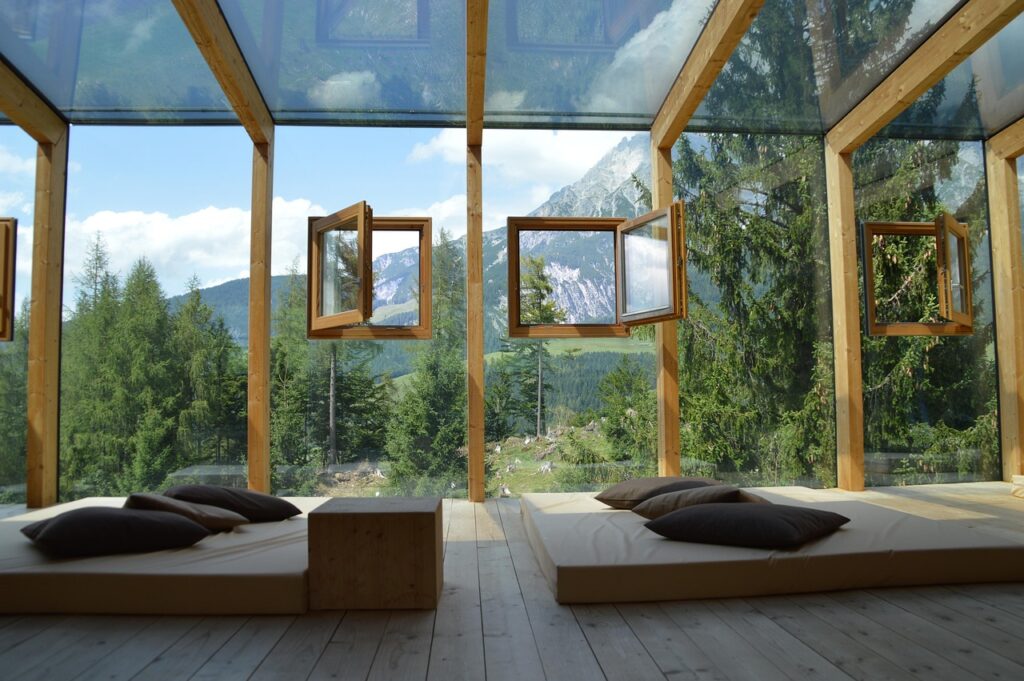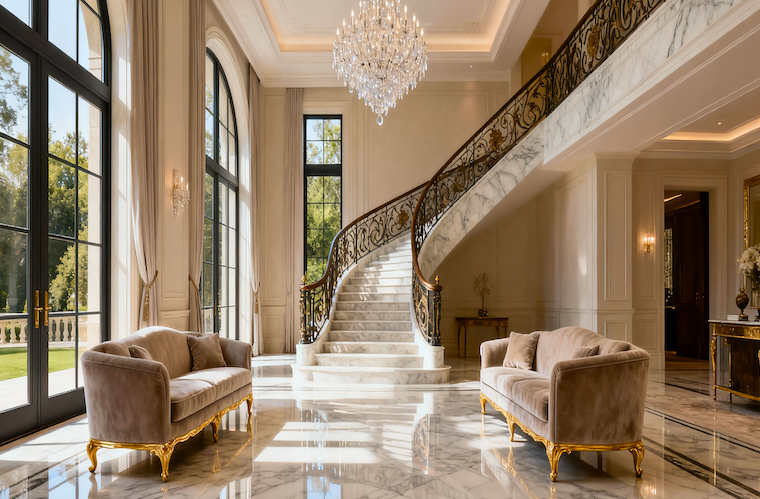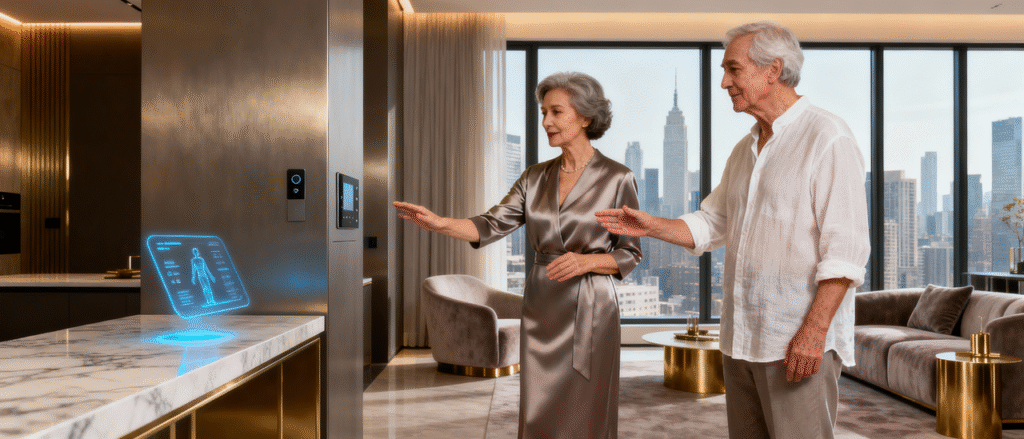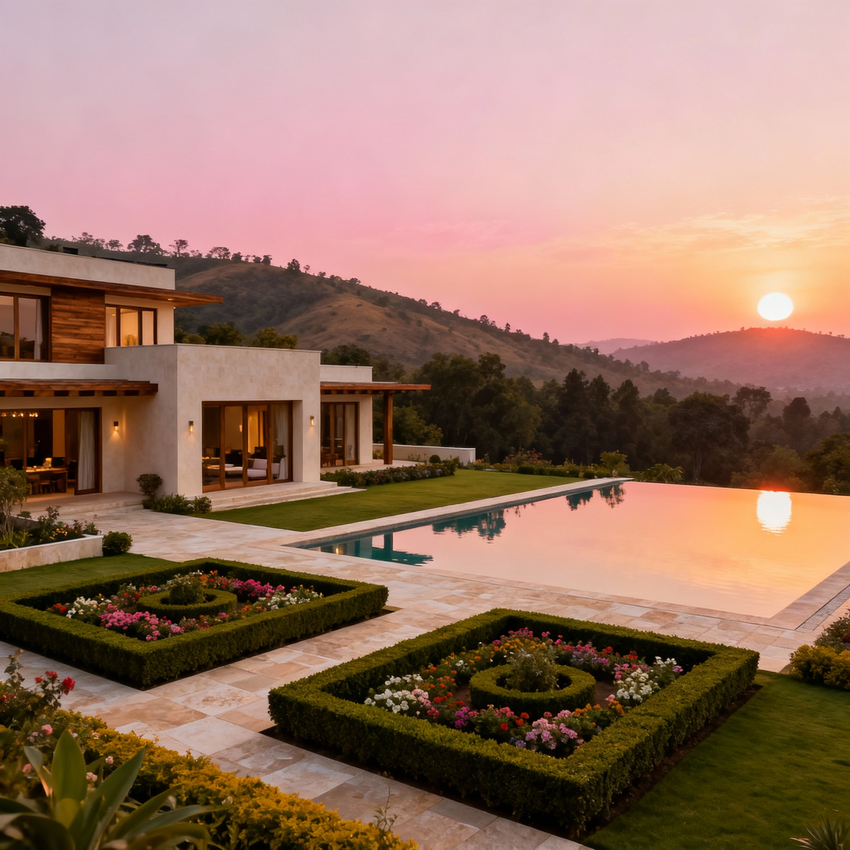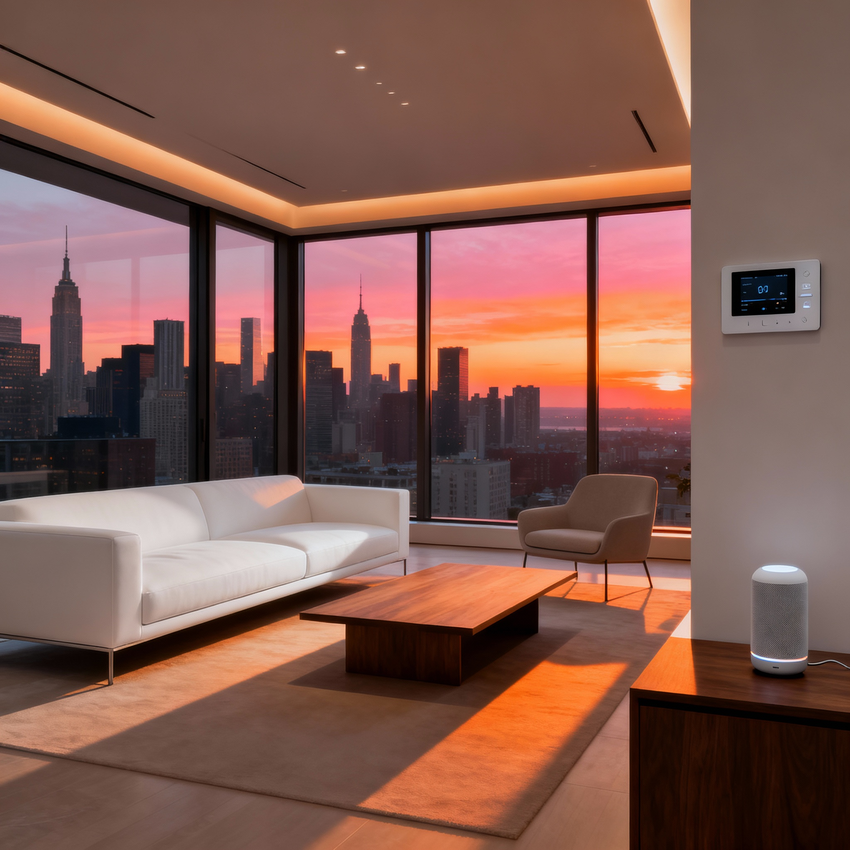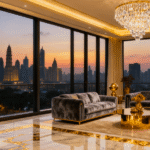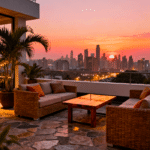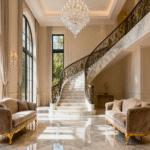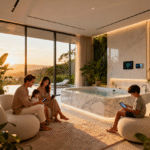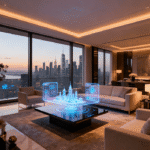Now Reading: Inside Luxury: Top Interior Design Trends Defining High-End Homes in 2025
- 01
Inside Luxury: Top Interior Design Trends Defining High-End Homes in 2025
Inside Luxury: Top Interior Design Trends Defining High-End Homes in 2025
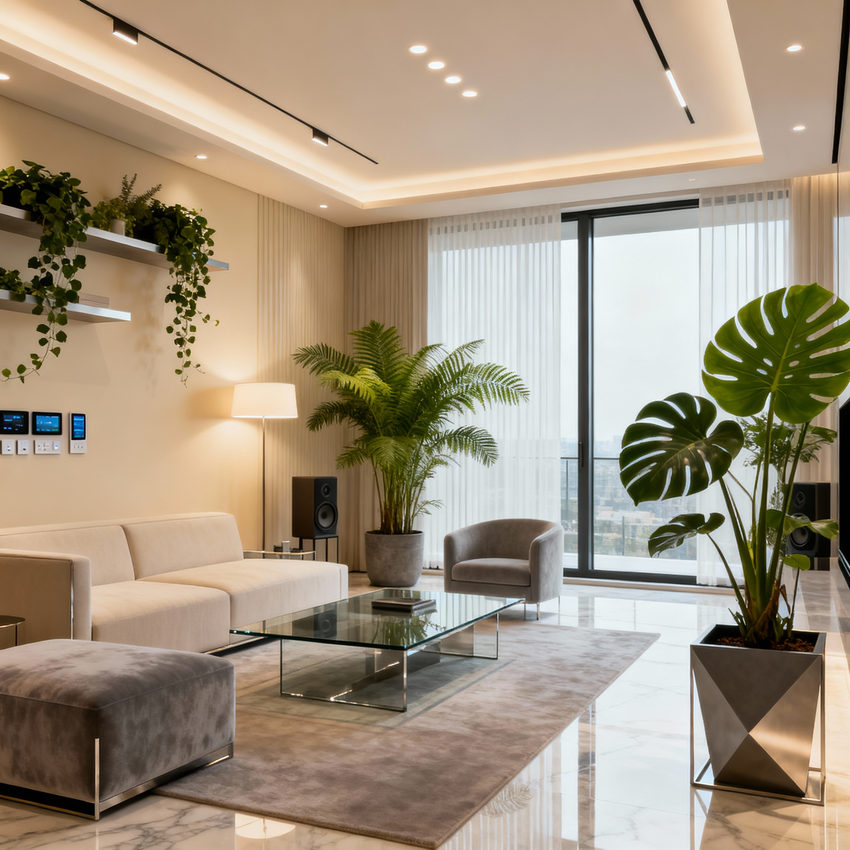
Luxury interior design trends in 2025 are driven by an elevated focus on wellness, sustainability, and bespoke craftsmanship. Affluent homeowners worldwide seek serene, tech-enhanced living spaces that blend organic textures, immersive greenery, and artisanal finishes. From the emerging “quiet maximalism” movement to wellness-based spa retreats at home, these trends reflect a desire for both emotional well-being and understated prestige. This article explores the cultural shifts shaping interiors across key markets, highlights the most compelling design movements, and provides strategic takeaways for UHNI investors and global decision-makers.
Global Interiors: Evolving Trends Across Key Luxury Hubs
As cosmopolitan centers mature, luxury design in London emphasizes heritage materials and discreet smart systems, while Dubai drives innovation with panoramic wellness decks and climate-adaptive features. In Singapore, space-optimizing multifunctional layouts prevail, contrasting with Mumbai’s rise in indulgent wellness suites catering to NRIs seeking urban sanctuaries.
Interior Design Trends
1. Biophilic Sanctuaries
Natural elements are no longer accents but core design drivers. Full-height indoor gardens, living walls, and sculptural driftwood installations create immersive connections to nature, fostering calm and improving air quality.
2. Quiet Maximalism
A new balance between minimalism and maximalism emerges: curated collections of heirloom art, layered textiles in tonal palettes, and bespoke lacquered cabinetry deliver depth without ostentation.
3. Invisible Smart Luxury
Seamless integration of smart home technology—concealed speakers, invisible lighting panels, and AI-driven environmental controls—ensures intuitive comfort while preserving aesthetic purity.
4. Artisan-Led Bespoke Finishes
Commissioned ceramics, hand-forged metal hardware, and custom marble inlays underscore exclusivity. Collaborative artist residencies within large developments are elevating interior artistry to a new level.
5. Spa-Inspired Wellness Suites
Personalized home spas with hydrotherapy showers, infrared saunas, and meditation alcoves address holistic wellness. Chromotherapy lighting and sound-scaping technologies deliver sensory luxury retreats.
6. Sustainable Provenance
Reclaimed timbers, upcycled upholstery, and locally sourced stone resonate with eco-conscious UHNIs. Certifications for low-VOC materials and carbon-neutral production are increasingly table stakes.
7. Textural Layering & Warm Neutrals
Sumptuous boucle fabrics, tadelakt plaster walls, and tactile rugs in warm, earthy neutrals replace stark monochromes, crafting inviting yet refined environments.
Emotional & Lifestyle Drivers
The 2025 luxury homeowner craves experiential authenticity: environments that reflect personal narratives and generational legacies. Interiors serve as emotional anchors, fostering memories through handcrafted details and spaces designed for both intimate family gatherings and global entertaining.
Strategic Takeaways
- Immediate: Incorporate biophilic focal points—living planters and natural stone installations—to satisfy rising wellness expectations.
- Mid-term: Partner with local artisans to develop signature finish packages, ensuring cultural resonance and scarcity value.
- Long-term: Embrace modular smart systems that evolve with technological advancements, safeguarding both functionality and aesthetic cohesion.
Design Playbook
- Leverage UHNI portfolio diversification strategy by investing in branded residences that guarantee maintenance of artisanal standards.
- Prioritize ESG-certified materials to align with long-term capital appreciation and evolving regulatory frameworks.
- Embed invisible smart ecosystems to future-proof homes without compromising design purity.
- Curate heirloom-quality artisan collaborations to create one-of-a-kind interiors that resonate emotionally.
- Explore fractional ownership models in emerging luxury precincts to access high-end design innovations with reduced exposure.
Navigating Potential Pitfalls
Excessive reliance on boutique artisanal pieces can lead to limited liquidity. Over-customization risks rapid obsolescence if personal tastes shift. Regulatory changes in sustainability certifications may introduce compliance costs. A balanced approach maintains core asset fundamentals alongside cutting-edge design.
Frequently Asked Questions
How do I begin incorporating biophilic design?
Start with statement indoor plants and living wall segments, then transition to integrated natural materials like stone surfaces and timber accents.
Can smart tech remain unseen in luxury homes?
Yes—opt for flush-mounted devices, concealed speakers, and color-matching sensors to maintain aesthetic clarity.
Is sustainable provenance really a luxury driver?
Increasingly: eco-credentials enhance resale premium and resonate with impact-focused UHNIs seeking ethical investments.
Looking Ahead: Crafting Tomorrow’s Luxury Spaces
Luxury interiors in 2025 transcend mere aesthetics to become holistic expressions of well-being, heritage, and innovation. By blending biophilic sanctuaries, quiet maximalism, and bespoke craftsmanship, investors and designers can craft environments that deliver lasting emotional impact and asset resilience. Engage with expert consultancies to curate spaces that define both personal legacy and portfolio excellence.


